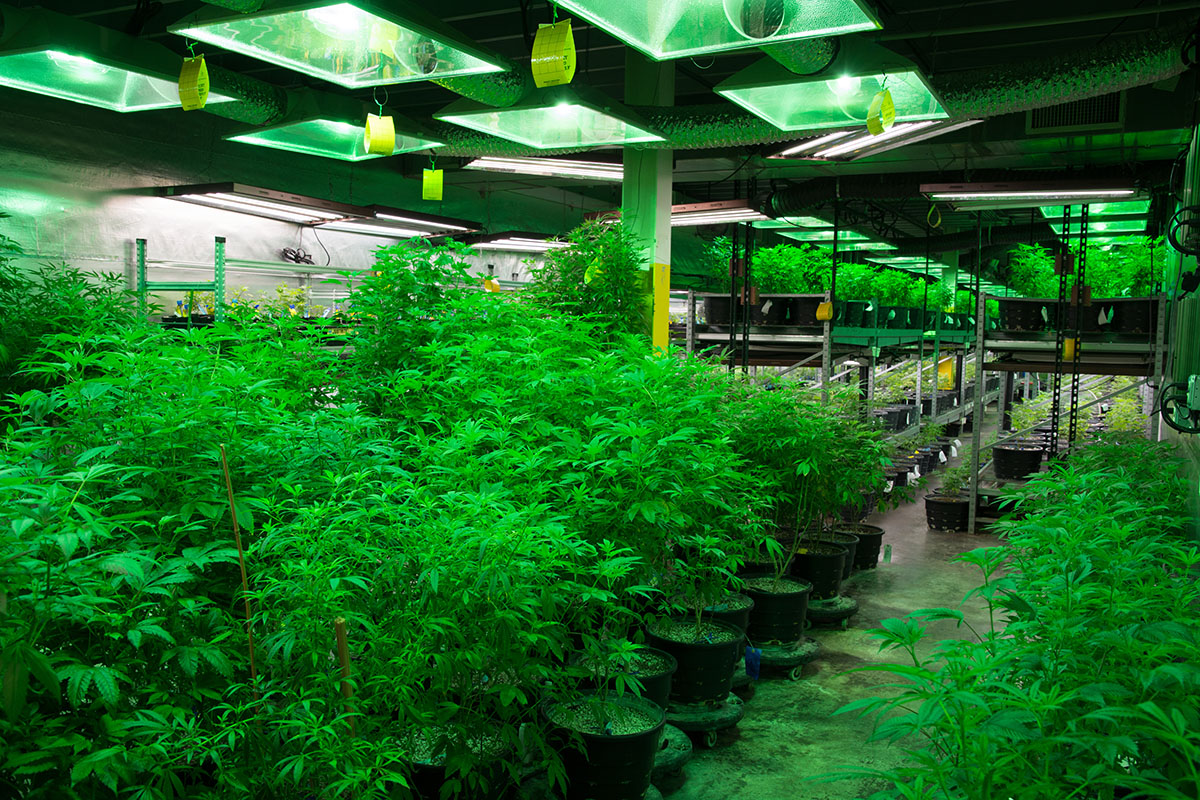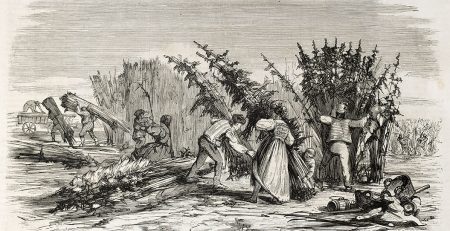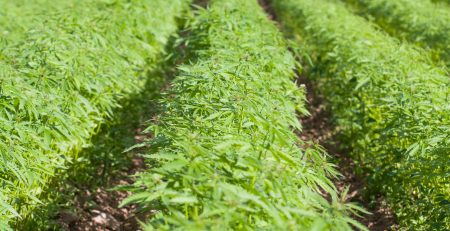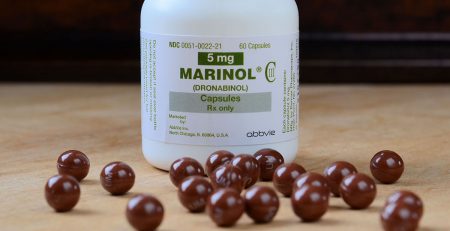Hemp vs Cannabis
While there has always been some confusion regarding the differences between hemp and cannabis, a few key characteristics set them apart.
Perhaps the most important difference is the amount of THC that is found in both plants. Hemp can contain zero THC, the component of the plant that causes euphoria and the feelings of being “high.” Or, in the United States it can legally contain 0.3% or less. On the other hand, cannabis can contain between 30% to 50% THC, depending on the state.
Cannabis is grown for both recreational purposes as well as medical treatment. Depending upon the state, individuals with qualifying diagnoses may obtain a medical card which allows them access to medical marijuana. Hemp is grown for far more diverse purposes. It’s used in textiles, paper, foods, building materials and in beauty products.
Because of the many uses of hemp throughout history, some believe it was the first and largest crop cultivated by humans. George Washington and Thomas Jefferson were hemp farmers. The original Colonies flourished on hemp farming and the many products made from it.
Legal differences exist between hemp and cannabis. According to the 2018 Farm Bill, hemp-derived CBD is legal as long as it contains 0.3% THC or less. Numerous hemp products (i.e. clothing, carpeting, rope, and soaps) are legal, too. Cannabis is not legal in most countries where it is classified as a controlled substance.
Although there are other differences between hemp and cannabis, it’s important to know the amount of THC contained in each plant, how they are used and their legal status.











